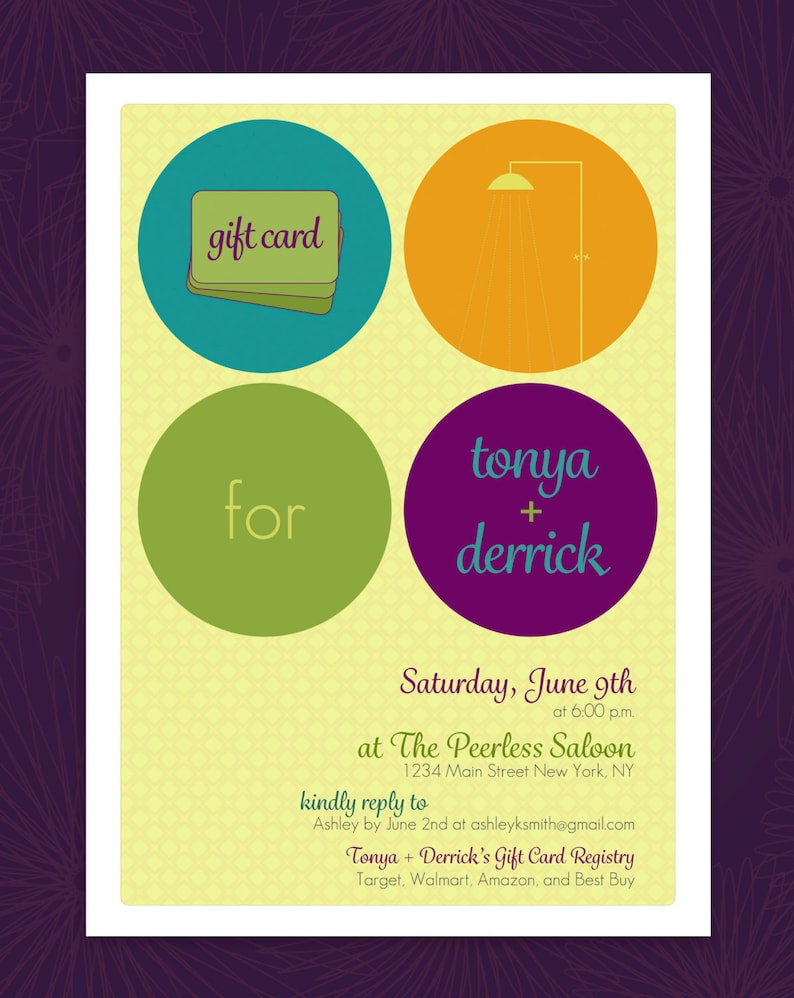Glass engravers have been highly skilled artisans and artists for hundreds of years. The 1700s were especially notable for their success and popularity.
For example, this lead glass cup demonstrates how etching integrated design fads like Chinese-style concepts right into European glass. It also illustrates just how the ability of an excellent engraver can generate illusory depth and aesthetic appearance.
Dominik Biemann
In the very first quarter of the 19th century the conventional refinery region of north Bohemia was the only area where ignorant mythological and allegorical scenes engraved on glass were still in vogue. The cup imagined here was engraved by Dominik Biemann, that specialized in small pictures on glass and is considered one of one of the most crucial engravers of his time.
He was the kid of a glassworker in Nové Svet and the brother of Franz Pohl, an additional leading engraver of the duration. His work is characterised by a play of light and darkness, which is particularly evident on this cup showing the etching of stags in timberland. He was additionally understood for his deal with porcelain. He died in 1857. The MAK Gallery in Vienna is home to a big collection of his works.
August Bohm
A noteworthy Nurnberg engraver of the late 17th century, Bohm worked with delicacy and a sense of calligraphy. He inscribed minute landscapes and engravings with bold official scrollwork. His job is a precursor to the neo-renaissance style that was to control Bohemian and various other European glass in the 1880s and beyond.
Bohm embraced a sculptural feeling in both alleviation and intaglio engraving. He exhibited his proficiency of the last in the finely crosshatched chiaroscuro (shadowing) results in this footed cup and cut cover, which portrays Alexander the Great at the Battle of Granicus River (334 BC) after a paint by Charles Le Brun. Despite his substantial skill, he never accomplished the fame and lot of money he sought. He passed away in scantiness. His spouse was Theresia Dittrich.
Carl Gunther
Regardless of his determined job, Carl Gunther was an easygoing man that enjoyed spending quality time with family and friends. He enjoyed his everyday routine of checking out the Collinsville Senior Facility to enjoy lunch with his pals, and these moments of sociability provided him with a much required respite from his requiring career.
The 1830s saw something fairly extraordinary take place to glass-- it became vivid. Engravers from Meistersdorf and Steinschonau created highly coloured glass, a taste referred to as Biedermeier, to meet the demand of Europe's country-house courses.
The Flammarion engraving has actually become a sign of this new taste and has actually appeared in publications devoted to scientific research as well as those checking out necromancy. It is also located in numerous gallery collections. It is believed to be the only making it through instance of its kind.
Maurice engraved photo frame gift Marinot
Maurice Marinot (1882-1960) started his occupation as a fauvist painter, yet ended up being attracted with glassmaking in 1911 when going to the Viard bros' glassworks in Bar-sur-Seine. They gave him a bench and showed him enamelling and glass blowing, which he understood with supreme skill. He created his own methods, making use of gold flecks and making use of the bubbles and various other natural defects of the product.
His approach was to deal with the glass as a creature and he was one of the very first 20th century glassworkers to make use of weight, mass, and the visual impact of all-natural flaws as aesthetic components in his jobs. The exhibition shows the substantial impact that Marinot had on modern-day glass production. Sadly, the Allied battle of Troyes in 1944 damaged his studio and countless illustrations and paints.
Edward Michel
In the early 1800s Joshua introduced a design that resembled the Venetian glass of the period. He utilized a strategy called ruby point engraving, which includes damaging lines into the surface of the glass with a difficult steel apply.
He also established the initial threading equipment. This invention enabled the application of long, spirally injury routes of color (called gilding) on the main body of the glass, a vital attribute of the glass in the Venetian design.
The late 19th century brought new design ideas to the table. Frederick Kny and William Fritsche both operated at Thomas Webb & Sons, a British firm that concentrated on high quality crystal glass and speciality coloured glass. Their work showed a choice for timeless or mythical subjects.
